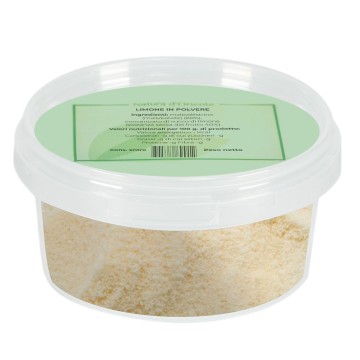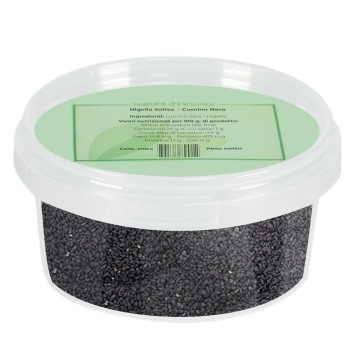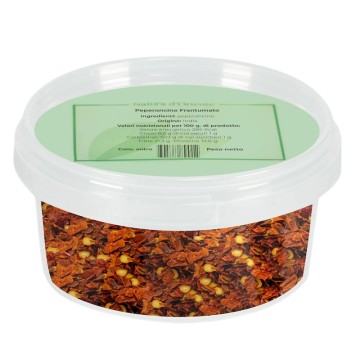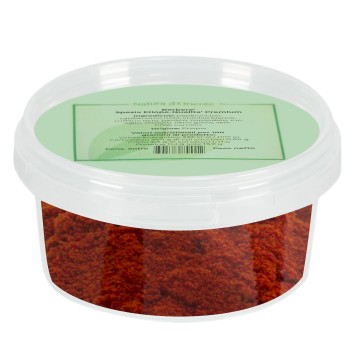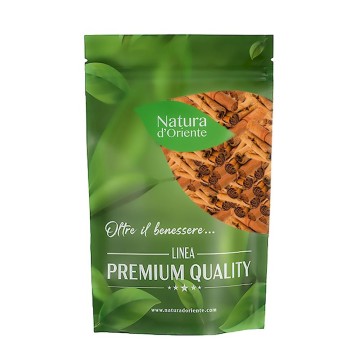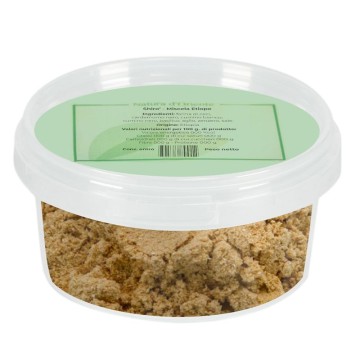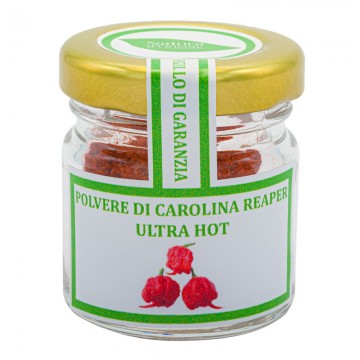Fennel, in addition to being a common vegetable on the table, is known as a medicinal herb for its beneficial properties. The seeds of the fennel plant, in particular, show a delicate flavor, similar to licorice and anise, made intense by the many essential oils contained.
The richness of nutrients and antioxidants in fennel seeds acts on the digestive function, regulating gastrointestinal transit and motility. For this reason, an infusion of fennel seeds is often considered a panacea after meals - it stimulates gastric secretion through the action of its aromatic principles. An infusion or decoction of fennel seeds counteracts the fermentation processes that occur in the large intestine, helping to eliminate gas and air that accumulates in the stomach and intestines.
For this reason, it is traditionally used to soothe the pain caused by colic in newborns. The phytoestrogen content makes fennel a natural balancer of female hormone levels, suitable for reducing disorders that precede the menstrual cycle and alleviating the symptoms of menopause. The antioxidants and plant compounds in the seeds are numerous, and several substances useful for the purification and well-being of the body stand out, such as anethole, estragole, limonene and quercetin. In addition, fennel has diuretic effects, promoting diuresis and, consequently, the elimination of excess body fluids and toxins. The liver also benefits from this purification activity. Fennel seeds are rich in minerals such as potassium, phosphorus, calcium and manganese - useful for metabolism, muscles and the well-being of our body. On a dietary level, these seeds help regulate appetite, and a fennel infusion before meals can calm the feeling of hunger, as well as promote proper digestion.
Using fennel seeds in cooking
These small aromatic seeds, with a color that varies from green to yellow-brown, are the fennel spice in cooking. They are used to flavor sweet and savory foods, infused in alcoholic beverages, fruit juices, marinades and herbal teas. Fennel seeds add depth and flavor to recipes, with a characteristic smell and flavor, similar to those of licorice or anise. They create warm, earthy and slightly sweet nuances of flavor. They can be used whole or toasted and ground. To bring out the maximum flavor and herbaceous aromatic profile, it is useful to toast the fennel seeds in a dry pan, over medium heat, before adding them to the dish. Alternatively, they can be added whole or finely ground on the spot. Meat and fish: they add flavor to pork, veal, beef and chicken specialties; excellent in cured meats and porchetta. They go well with white fish, salmon, tuna dishes. They create a special combination with shellfish and stews. Baked goods: the seeds flavor bread, in particular they are used for rye bread in Northern Europe; they can be added whole or ground in breadsticks, focaccia, crackers, etc. Savoury recipes: they pair particularly well with tomato-based sauces, roasted vegetables such as courgettes and aubergines, in potato-based dishes, with cheeses such as pecorino and ricotta. Spices: In India and China, fennel seeds are often found in spice blends such as curries, after being toasted and ground. They pair well with anise and dill seeds, and also combine with cumin, coriander and turmeric. Sauces: The seeds can be used as a flavoring ingredient for gravies and sauces, gourmet creams, dips and salad or vegetable dressings. Desserts: Fennel seeds can be added to sorbet or ice cream, as a refreshing agent, and paired with honey, lemon, orange, apple and pear desserts. Infusion: Fennel seeds make healthy herbal teas, either by infusing the seeds alone or by combining them with other ingredients. Typically, an infusion is prepared with about 2 grams of fennel seeds per cup (250 ml), to be kept for about 7-10 minutes. Decoction: put 1 teaspoon of fennel seeds in cold water, until boiling and boil for about 5 minutes; filter and then sip. You can use fennel seeds to create a refreshing mixture for the mouth and breath, to be used after meals - dry toasting 2 tablespoons with 1 teaspoon of sesame seeds.
Fancy slices
Ingredients: 4 slices of veal - 4 courgette flowers - 80 g of fontina - 20 g of butter - flour - salt - pepper - white wine. For the side dish: 200 g of washed and trimmed green beans - 1 clove of garlic - 1 tablespoon of fennel seeds - salt - oil. Preparation Steam the cleaned green beans for 10 minutes. Put the oil and fennel seeds in a pan, add a clove of garlic and brown it. Add the green beans, sauté everything in the pan for a couple of minutes. Once ready, set the green beans aside and move on to the meat. Clean the courgette flowers, removing the pistils. Take the veal slices and beat them with the meat tenderizer to make them thin and uniform. Open the flowers and arrange them on the meat: one on each slice of meat. Add the Fontina cheese in slices, and create some rolls. Pass the meat on a plate with the flour, salt and pepper. Secure the rolls with toothpicks, creating skewers, and set them aside. Melt the butter in a pan and start cooking, moving the rolls often to prevent them from sticking and to cook them evenly. When the meat is browned, add the white wine. Once the meat is cooked, remove the toothpicks and serve the fancy slices piping hot with the ready-made green beans.
Origin and cultivation
Fennel comes from Foeniculum vulgare, a Mediterranean herbaceous plant of the Apiaceae family (Umbelliferae). The seeds are obtained from the plant during the early autumn season, when it reaches the end of its flowering cycle and the yellow flower heads that sprout turn brown. The seeds are collected and left to dry. The plant has been known since ancient times for its aromatic qualities, cultivated in vegetable gardens since around 1500 BC. In ancient Rome, Pliny the Elder recommended fennel to cure eyesight and stay young, he attributed many therapeutic, aphrodisiac and useful virtues for male fertility. Greek physicians Dioscorides and Galen advised mothers to eat fennel to stimulate milk production, and modern research has also investigated its natural properties to stimulate lactation. During the Middle Ages, Charlemagne introduced fennel into the imperial gardens, for its qualities considered thaumaturgical (miraculous) at the time. In this era, fennel seeds were used to flavor pork or preserve cured meats such as finocchiona. Furthermore, the seeds were used as a condiment and to reduce appetite during fasts imposed by the Church, such as Lent. In England, believers carried handkerchiefs with fennel seeds to nibble on to calm their hunger. The association with wine, which was excellent, also gave rise to the expression "lasciarsi infinocchiare" (to be fooled); it derives from the habit of winemakers to hide the low quality of the product in the barrels, offering fennel segments. Its aromatic substances slightly modify the perception of flavors, making the tasting of a poor wine tasty.





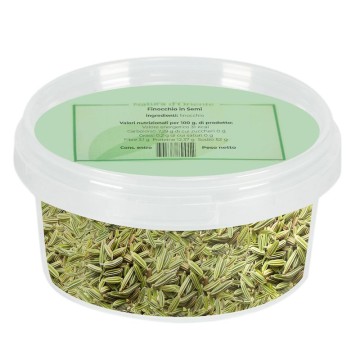



 No reward points for this product.
No reward points for this product.
